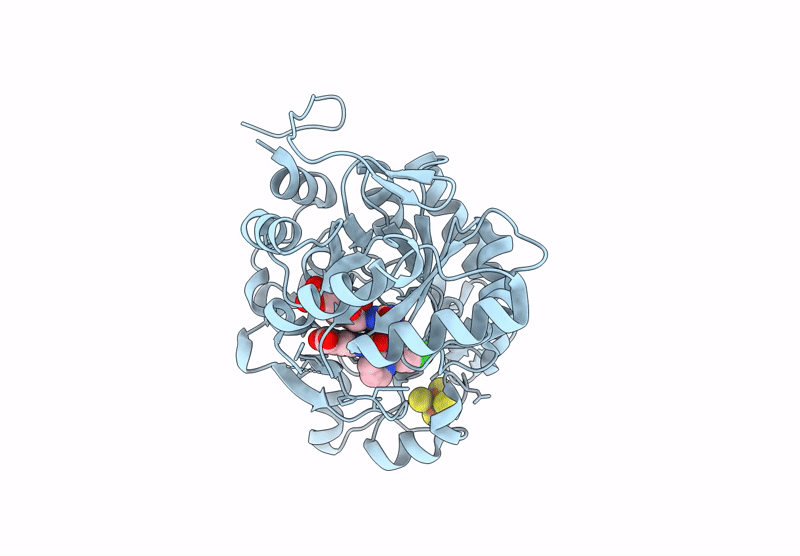
Deposition Date
2024-10-23
Release Date
2025-08-20
Last Version Date
2025-08-20
Entry Detail
PDB ID:
9K7H
Keywords:
Title:
Crystal structure of dehydrogenase/isomerase FabX from Helicobacter pylori in complex with inhibitor 1872
Biological Source:
Source Organism:
Helicobacter pylori (Taxon ID: 210)
Host Organism:
Method Details:
Experimental Method:
Resolution:
1.60 Å
R-Value Free:
0.24
R-Value Work:
0.21
R-Value Observed:
0.22
Space Group:
P 1 21 1


